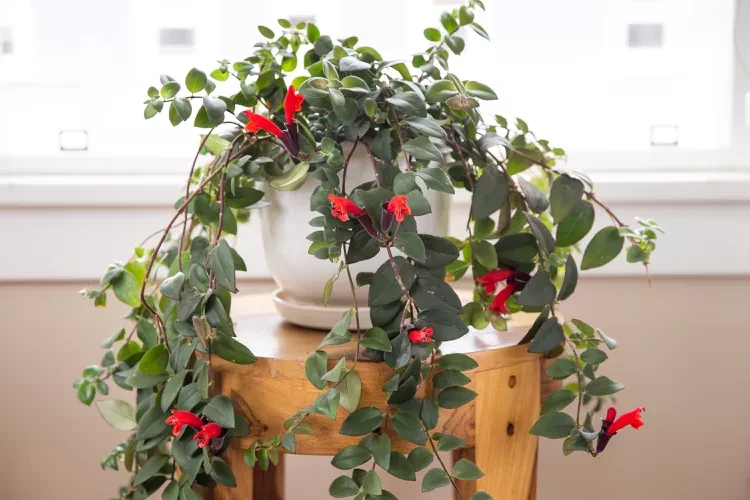
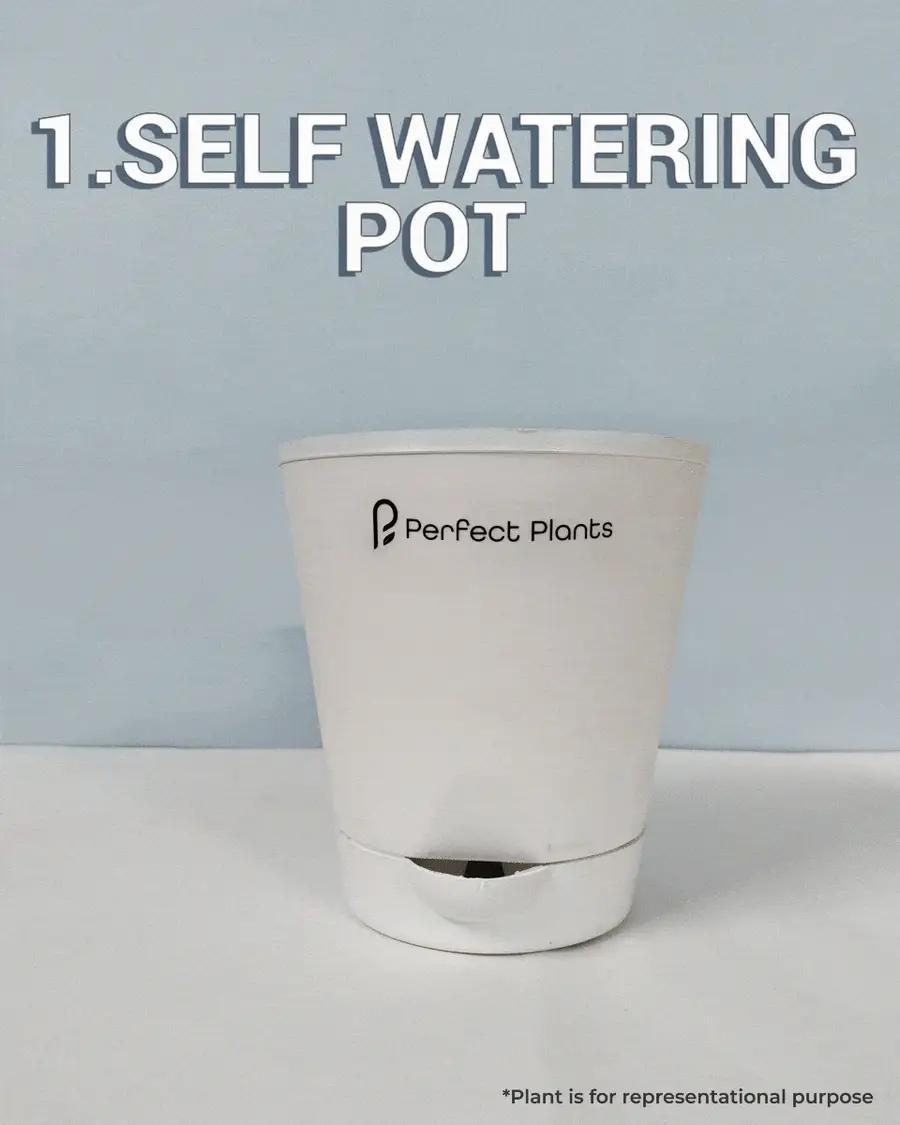

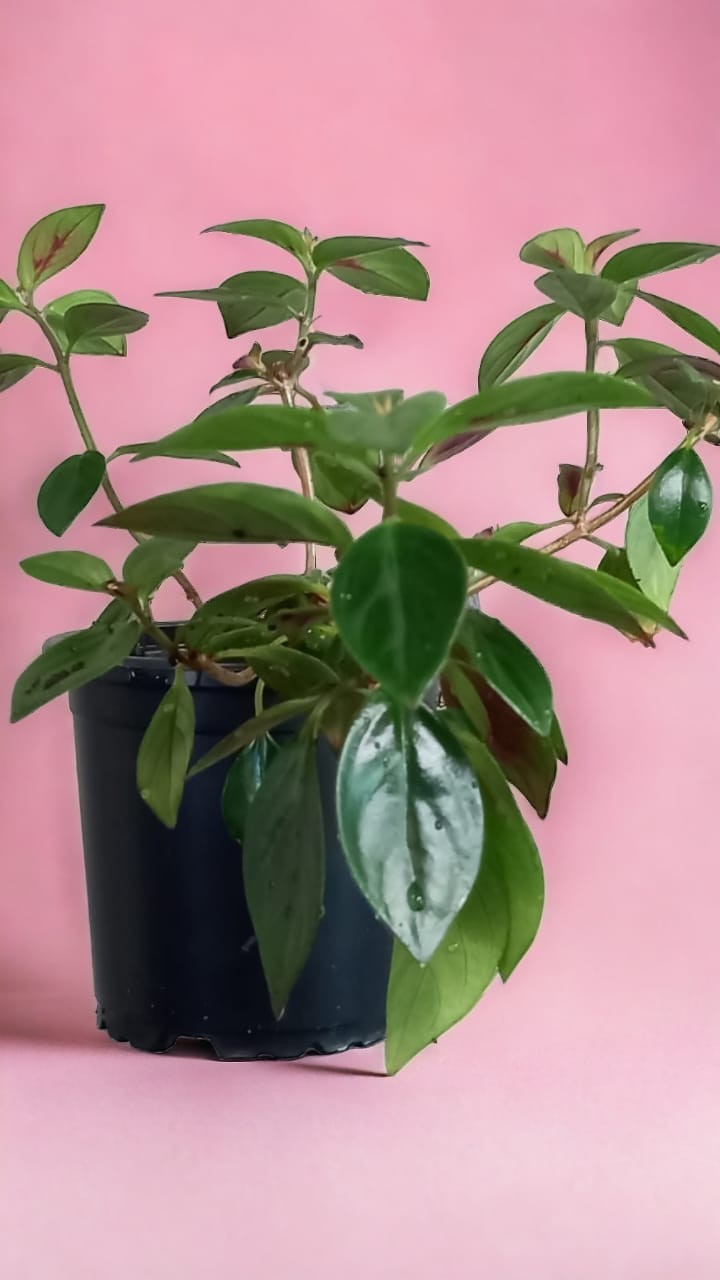
Lipstick Plant Red | How to Grow and Care for Lipstick Plant
Normally: $39.99



This trailing indoor plant grows long and fast with regular feeding, Just like a bright red lipstick adds the final touch to an outfit, so too does the lip stick plant with its glossy green foliage & red or orange flowers.
The Red Lipstick Plant, or Aeschynanthus Radicans, is a vibrant, trailing houseplant perfect for adding a splash of color to New Zealand homes. Ideal for hanging baskets, this plant thrives under bright, indirect light but should be kept away from direct sunlight to avoid leaf scorch. It prefers temperatures between 65-85°F (18-29°C), making it suitable for typical indoor environments. However, it should be protected from temperatures below 50°F (10°C).
When it comes to watering, the Lipstick Plant likes consistent moisture but despises waterlogged conditions. Allow the top inch of soil to dry out before watering again. Terracotta pots are recommended due to their porous nature, promoting better evaporation and preventing fungal issues. Remember, this plant loves high humidity, typical of its tropical origin, so regular misting or a pebble tray can help meet its needs.
Soil for the Lipstick Plant should drain well. A mix combining regular potting soil, peat, and perlite is ideal. Ensure the pot has adequate drainage holes to prevent standing water. For best flowering results, feed your plant with a balanced, diluted houseplant fertilizer every four weeks during spring and summer, reducing to once a month in cooler months.
Propagation is straightforward; stem cuttings can be placed in water until roots form, then potted in suitable soil. Remember to prune regularly to promote bushier growth and more blooms. This plant also benefits from being repotted every 2-3 years, especially if it has outgrown its current container or the soil has degraded.
With its non-toxic nature, the Red Lipstick Plant is safe and appealing for homes with pets and small children. By meeting its care requirements, you can enjoy the beautiful cascading vines and tubular red blooms that give this plant its name, adding a tropical flair to your NZ home. For New Zealand plant enthusiasts, this easy-care plant can be a perfect addition to an indoor plant collection, aligning with the climate and indoor environment typical in NZ homes.
Lipstick Plant Red: How to Grow and Care for This Beautiful Tropical Beauty
The Lipstick Plant Red (Aeschynanthus radicans) is a vibrant and eye-catching tropical plant known for its stunning red tubular flowers that resemble the shape of a lipstick tube. This unique plant has earned its name due to the striking appearance of its blooms, making it a favorite among indoor gardeners and plant enthusiasts. The Lipstick Plant is not only visually appealing but also relatively easy to care for, making it a great addition to homes and offices alike.
Native to Southeast Asia, the Lipstick Plant thrives in warm, humid environments, which is why it’s often grown indoors in temperate regions. With its glossy green leaves and cascading vines, the Lipstick Plant Red is not only a beautiful flower but also a low-maintenance, elegant houseplant.
Key Features of the Lipstick Plant Red:
-
Stunning Red Flowers: The standout feature of the Lipstick Plant Red is its vibrant red tubular flowers, which
grow in clusters and resemble tubes of lipstick. These bright blooms create a dramatic effect and are sure to catch the eye, especially when
they bloom in the warmer months.
-
Tropical Origin: Native to tropical rainforests of Southeast Asia, the Lipstick Plant thrives in warm, humid
environments. It’s an excellent choice for indoor gardening, where it can be provided with the heat and moisture it loves.
-
Trailing Vine Growth: The plant grows as a trailing vine, making it perfect for hanging baskets or as a cascading plant on a
shelf. Its long, slender stems can grow several feet long, making it an attractive choice for adding a touch of elegance to your home.
-
Glossy, Dark Green Leaves: The Lipstick Plant Red is known for its rich, glossy, dark green foliage that provides a
lush backdrop to its vivid red flowers. The leaves are thick and leathery, which helps the plant retain moisture in dry conditions.
-
Easy to Care For: Despite its tropical origins, the Lipstick Plant is fairly easy to care for, provided its basic
needs—such as warmth, humidity, and indirect light—are met. It is an excellent plant for both beginner and experienced gardeners.
How to Grow and Care for Lipstick Plant Red:
-
Light Requirements: The Lipstick Plant Red prefers bright, indirect light but can tolerate lower light conditions
as well. Direct sunlight can scorch its leaves, so it’s best to place the plant in a location where it can get filtered light, such as near a
window with sheer curtains. If grown indoors, the plant may not bloom as frequently if light is too low, so try to provide it with as much
bright, indirect light as possible.
-
Temperature Preferences: As a tropical plant, the Lipstick Plant Red thrives in warm conditions. The ideal
temperature range for this plant is between 65°F and 85°F (18°C to 29°C). It’s important to keep it away from drafts, air conditioners, or
heaters, as cold air can stress the plant and inhibit its growth.
-
Humidity: This plant thrives in high humidity, mimicking its natural tropical environment. To maintain the right humidity
level, consider placing the plant on a humidity tray, using a room humidifier, or misting it regularly. If the air in your home is too dry,
especially during winter, the plant may show signs of stress, such as browning leaves.
-
Watering: The Lipstick Plant Red likes to be kept consistently moist, but not waterlogged. Water the plant when
the top 1-2 inches of soil feel dry to the touch. Be sure not to let the plant sit in water, as this can cause root rot. Make sure the pot
has good drainage to allow excess water to escape. During the winter months, reduce watering slightly since the plant’s growth slows down.
-
Soil Requirements: The Lipstick Plant prefers well-draining soil that is rich in organic matter. A mix of peat,
perlite, and pine bark is ideal for providing the plant with the right balance of moisture retention and drainage. This type of soil ensures
the plant gets the nutrients it needs without staying too wet.
-
Fertilizing: Feed the Lipstick Plant Red with a balanced, liquid fertilizer diluted to half strength during the
growing season (spring and summer). Apply fertilizer once a month to promote healthy growth and encourage blooming. Reduce or stop
fertilizing in the fall and winter when the plant is not actively growing.
-
Pruning and Maintenance: Pruning is not strictly necessary for the Lipstick Plant Red, but it can help maintain a
neat appearance and encourage better branching. If you notice long, leggy stems, feel free to trim them back. Be careful not to cut too much
at once, as it can affect the plant’s ability to flower. Additionally, remove any dead or damaged leaves to promote overall plant health.
-
Repotting: Repot the Lipstick Plant Red every couple of years, or when it outgrows its pot. It’s best to choose a
slightly larger pot with good drainage. Repotting is best done in the spring, just before the plant’s active growing season begins. Make
sure the new pot is not too large, as it can cause overwatering and slow growth.
-
Supporting Growth: Since the Lipstick Plant is a trailing vine, you can provide support with a trellis, stakes, or
a hanging basket. This will help the plant grow upwards or cascade beautifully, depending on how you prefer it to grow.
Common Issues and Troubleshooting:
-
Yellowing Leaves: Yellow leaves may be a sign of overwatering or poor drainage. Ensure that your plant’s soil is
well-draining and that the pot has drainage holes to allow excess water to escape.
-
No Flowers: If your Lipstick Plant isn’t flowering, it may not be getting enough light or humidity. Make sure it’s
placed in a bright spot with indirect light and consider increasing humidity levels.
-
Leaf Drop: If the plant’s leaves are dropping, it could be due to low humidity, overwatering, or exposure to sudden
temperature changes. Check the plant’s environment and adjust as needed.

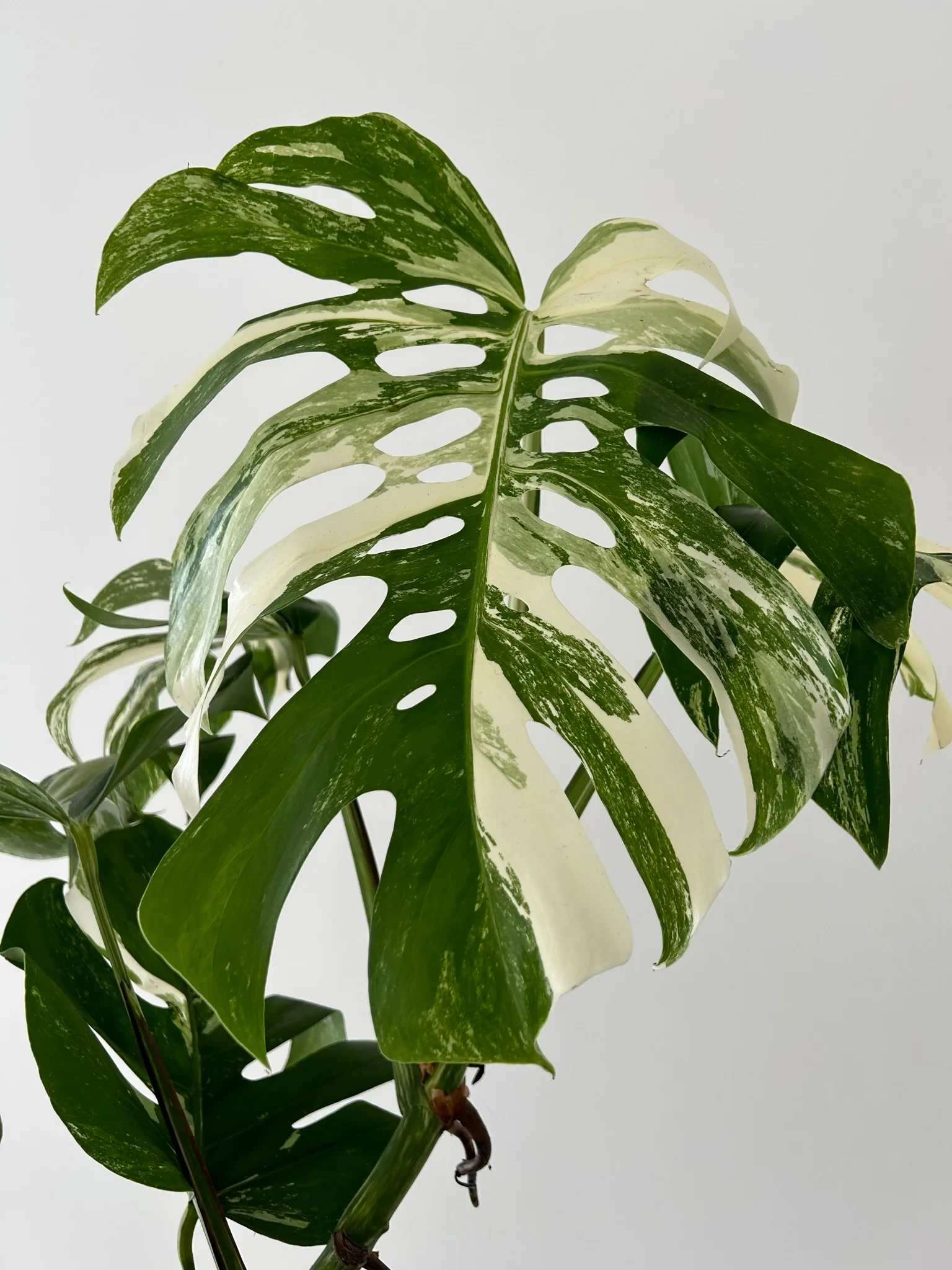

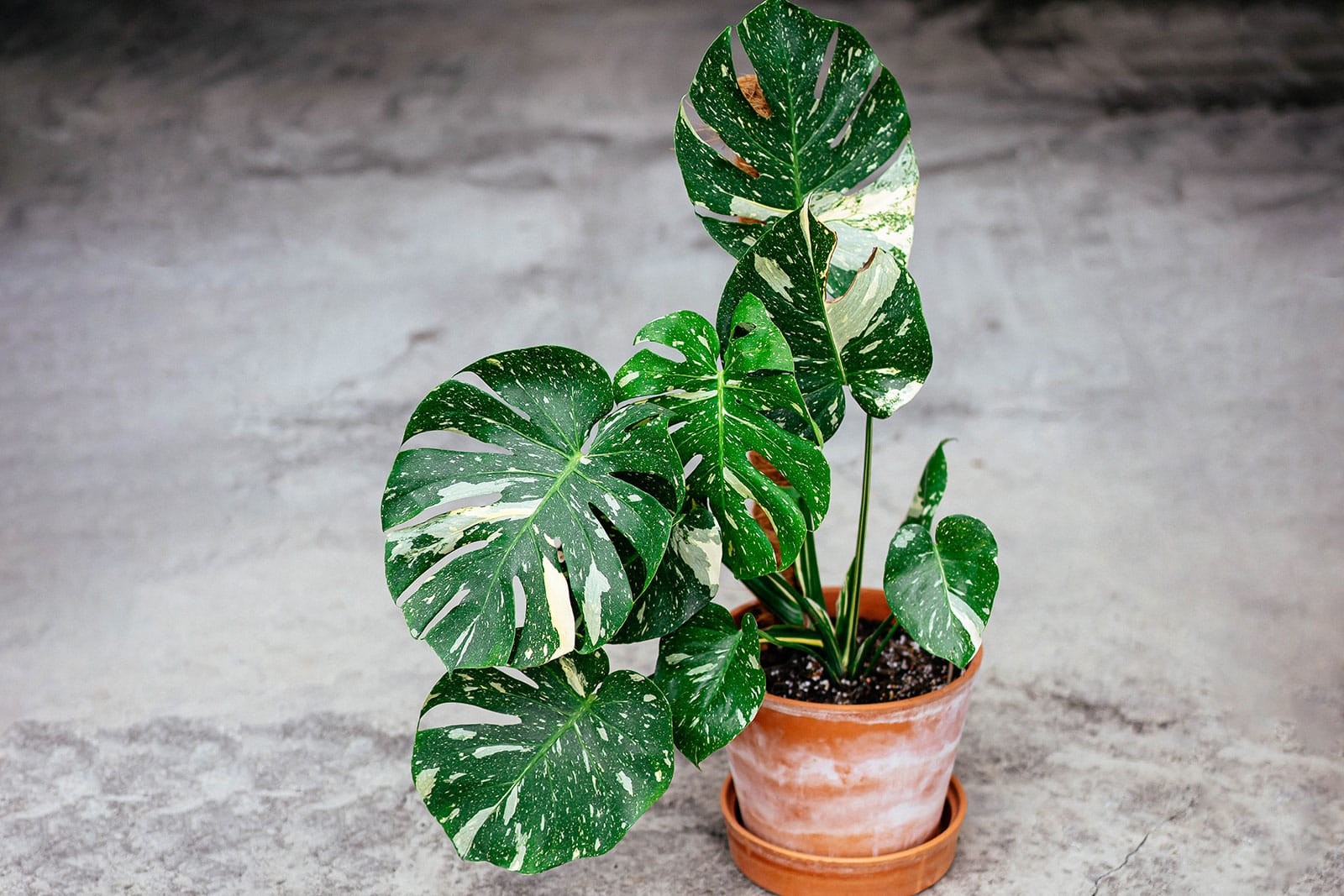

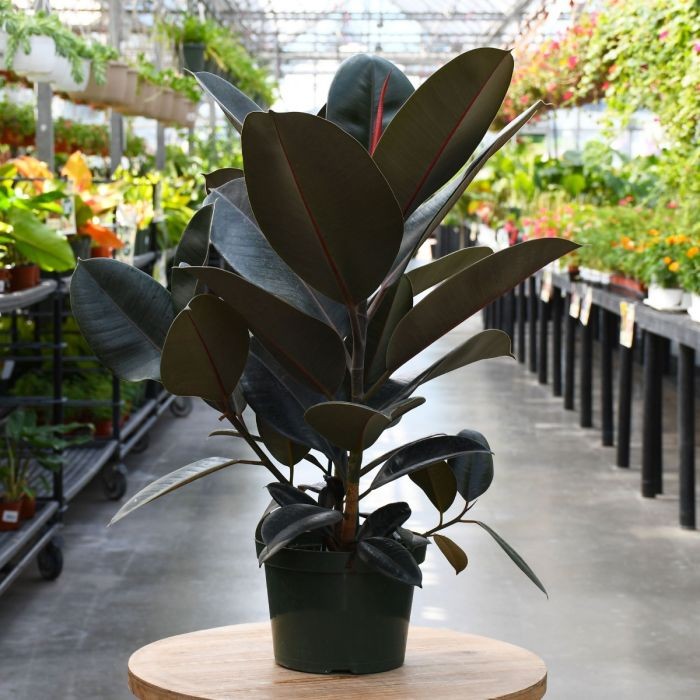

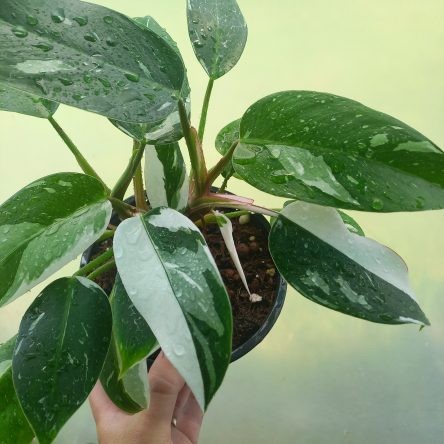
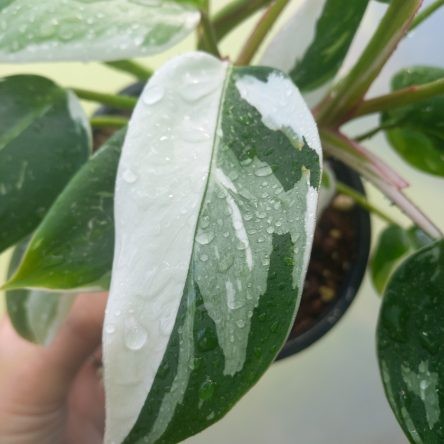
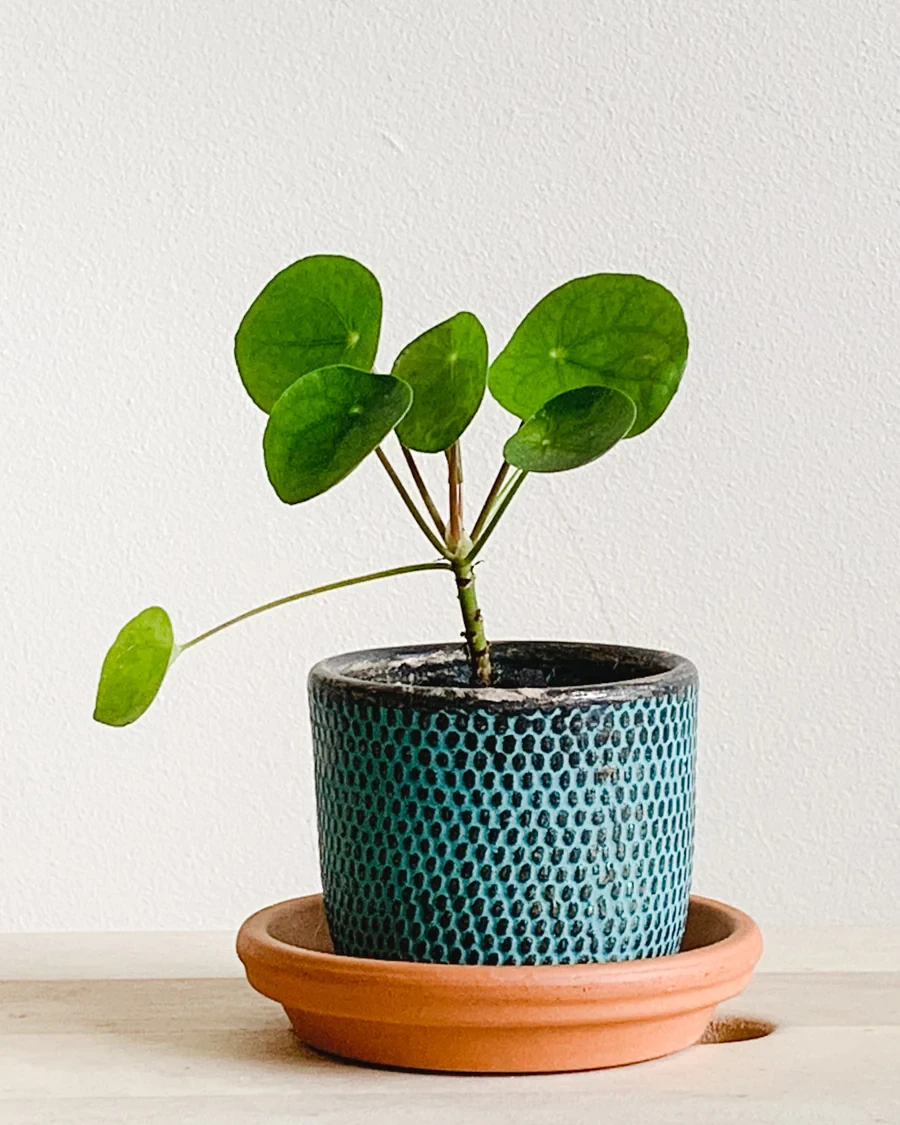

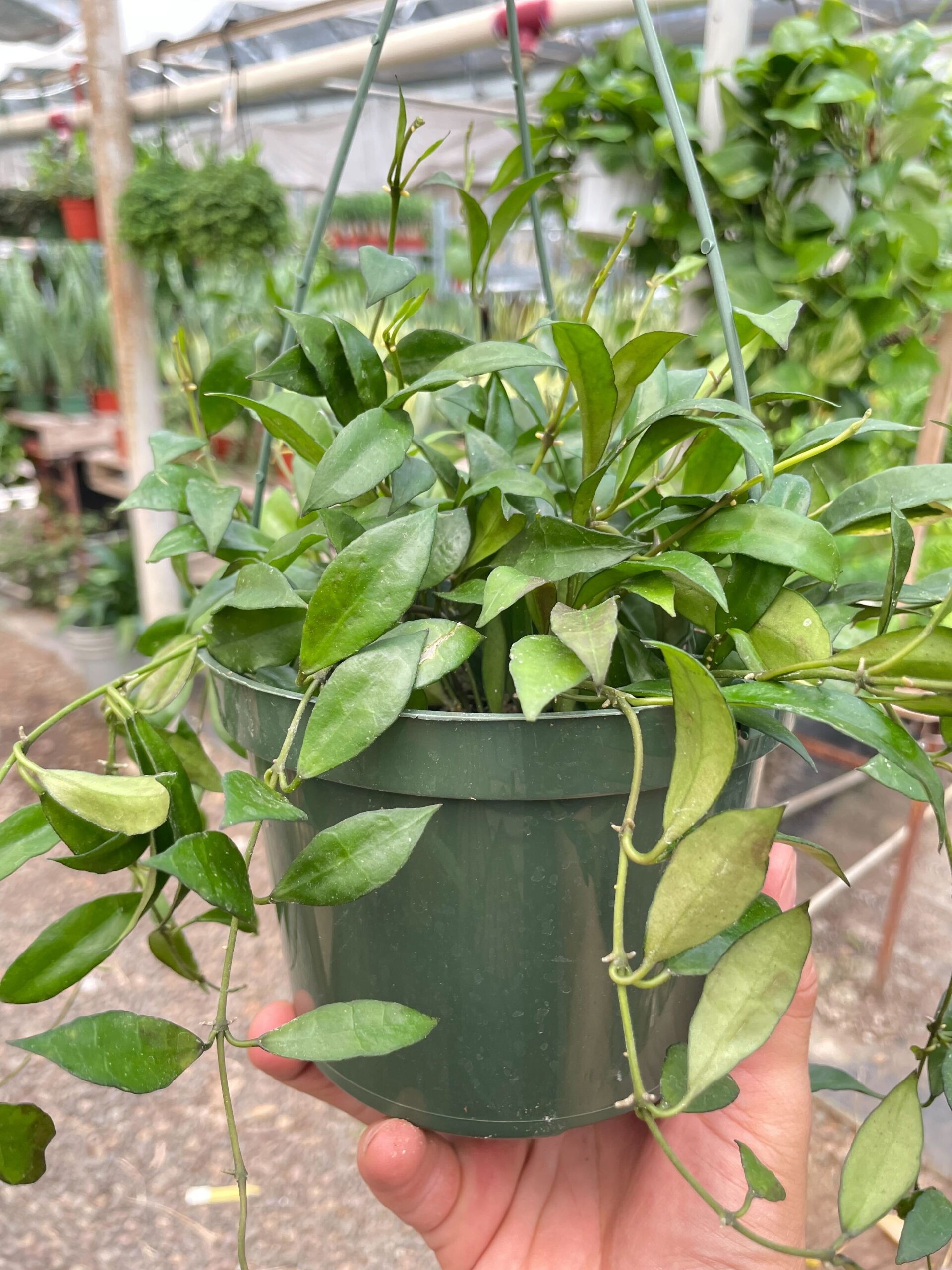
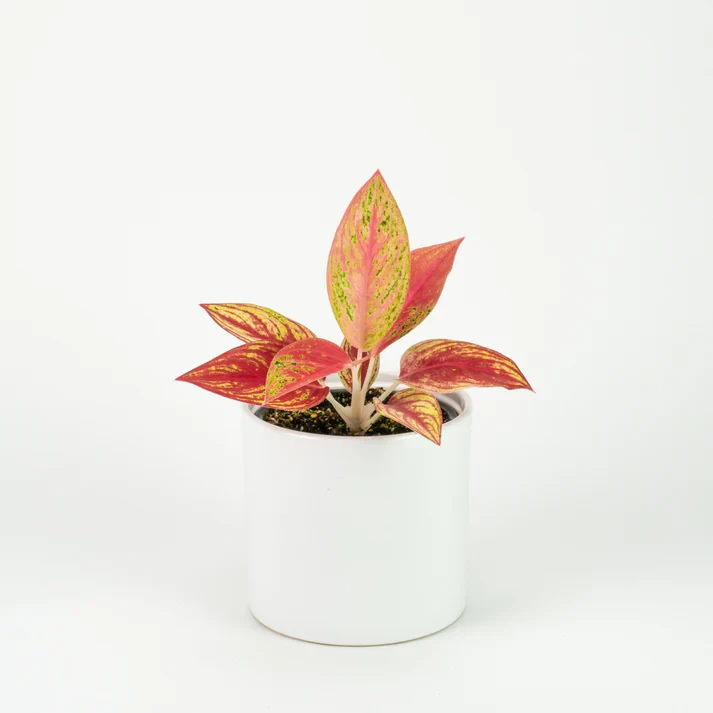
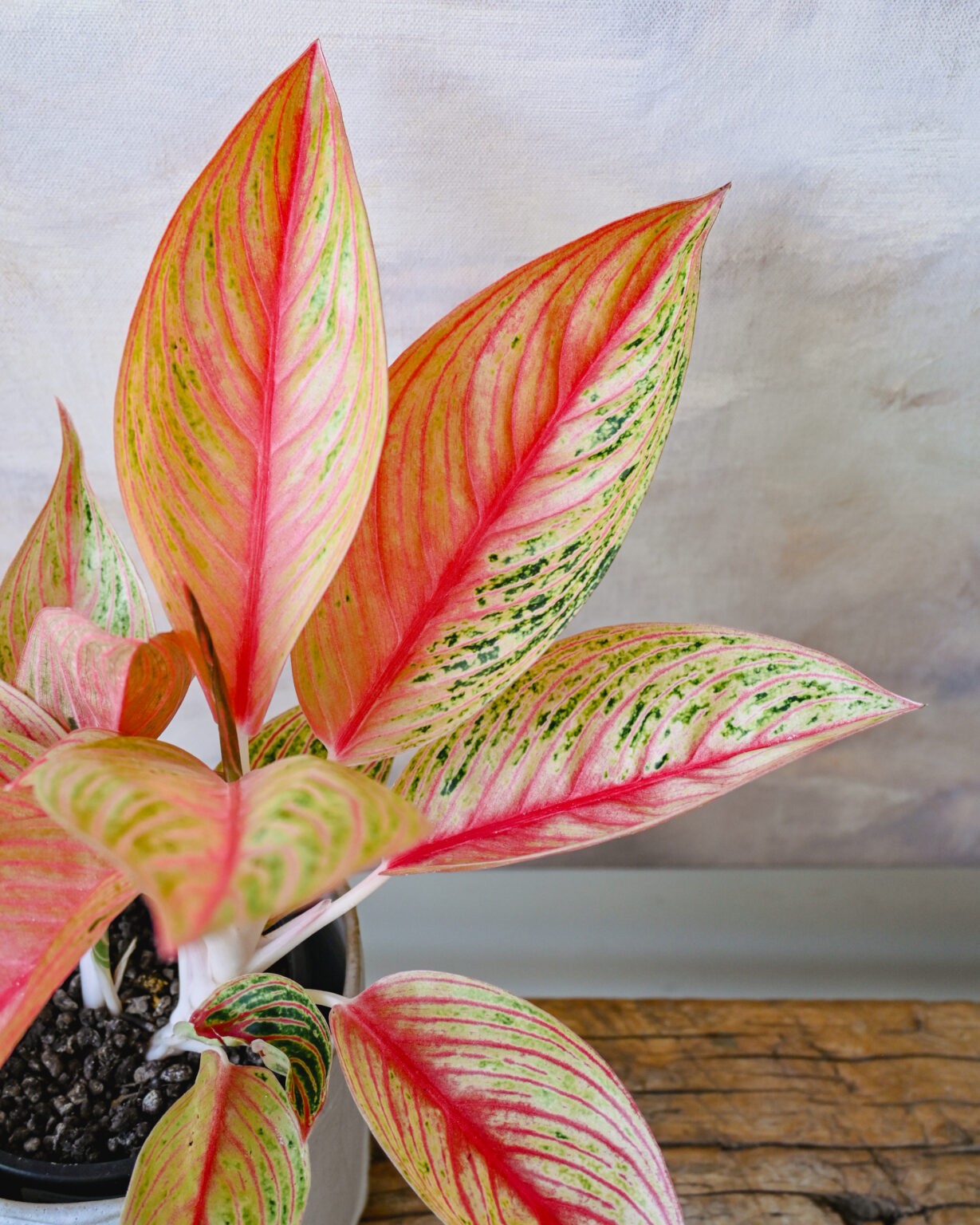

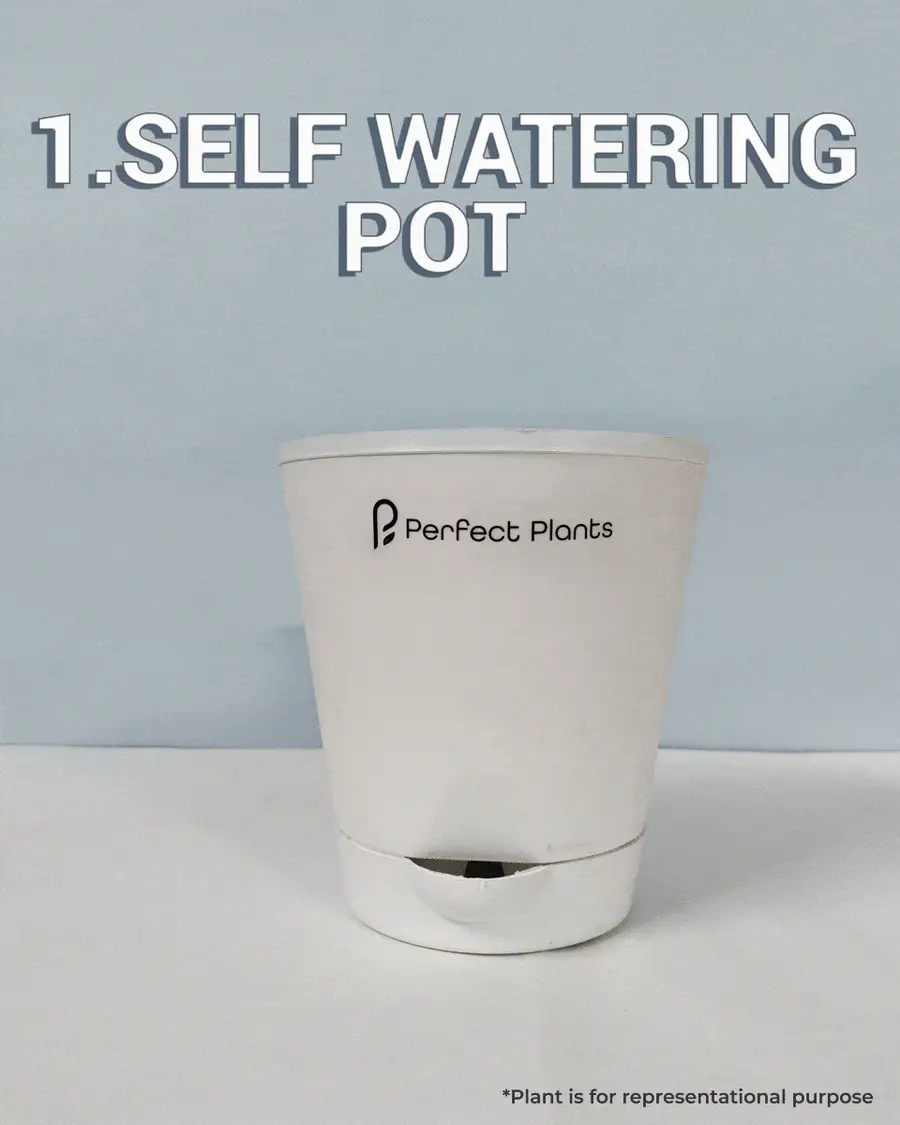









.jpg)
















































ulva-Logo.jpg)
